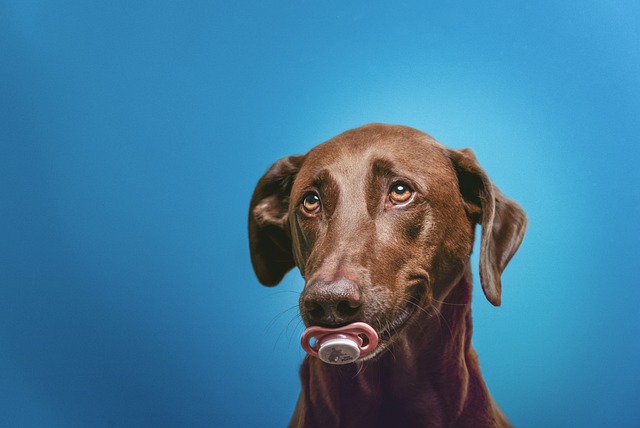
How old should a dog be potty trained?
Most puppies start showing signs they’re ready for potty training between 12 and 16 weeks old—this is when their bladders and bowels develop enough to hold it for short periods.
You turn your back for one minute, and your new puppy has turned your favorite shoe into a confetti of leather and laces. While frustrating, this destructive chewing is a completely normal part of puppyhood. It’s driven by teething pain, boundless curiosity, and a natural need to explore their environment. Your goal isn’t to stop the chewing instinct itself—that’s impossible—but to manage their environment and relentlessly redirect that urge onto appropriate items. This proactive strategy is the cornerstone of managing puppy chewing behavior and saving your belongings from becoming casualties.
The science behind this behavior is a combination of biology and learning. Puppies teethe for months as their adult teeth come in, and chewing relieves the significant discomfort in their gums. Furthermore, they learn about objects by testing their texture and durability with their mouths. If chewing your furniture gets a big reaction from you—even a negative one—some puppies see it as a rewarding game. The modern, evidence-based approach uses positive reinforcement training to make the right choices obvious and rewarding. This method aligns with strong cultural values in the U.S. and Europe that completely reject physical punishment. Techniques like rubbing a puppy’s nose in a chewed item are not only ineffective and cruel but can severely damage your bond and create a fearful, anxious dog.
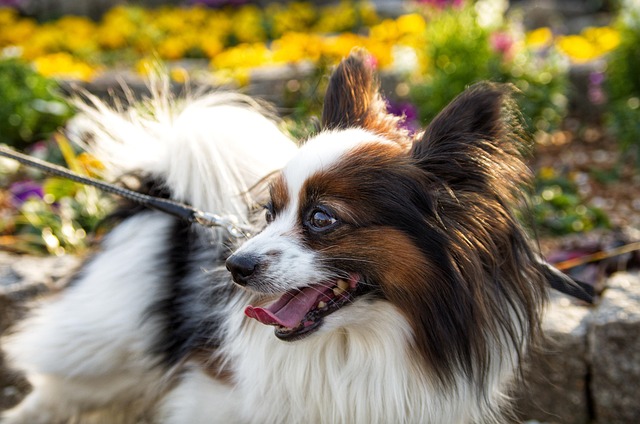
Your practical strategy is a simple two-part system: puppy-proofing and redirection. First, manage the environment to set your puppy up for success. Use baby gates to limit their access to off-limit areas. Pick up shoes, remote controls, and electrical cords. If they can’t access it, they can’t chew it. Then, become a master of redirection. Always have a handful of acceptable chew toys within arm’s reach—a variety of textures like rubber, nylon, and frozen fabric works best. The very second you see your puppy sniffing or mouthing something they shouldn’t, calmly say “Oops,” gently guide them to an appropriate toy, and lavish them with praise when they chew it instead. Consistency is everything; every single time they choose a toy, it should be a positive experience.
Successfully guiding your puppy through this phase is a fundamental part of your journey toward responsible dog ownership. The habits you build now will result in a trustworthy adult dog. This responsibility extends into your community. As you work on curbing destructive chewing, you must also ensure your puppy is meeting all healthcare mandates. Faithfully adhering to your local puppy vaccination schedule is a non-negotiable legal and ethical duty; it protects your pup and others from dangerous diseases like Parvo and Rabies. Furthermore, a puppy that learns to channel its chewing onto appropriate toys is a quieter, less destructive neighbor—a key concern for apartment living where noise and damage can lead to complaints. And of course, as you take your pup out for essential exercise and socialization, you must always carry poop bags and clean up immediately. This is not just a courtesy; it is legally mandated in most U.S. cities and is a fundamental sign of respect for your community. Your patience in teaching them what to chew today builds a polite and welcome canine citizen for tomorrow.

Most puppies start showing signs they’re ready for potty training between 12 and 16 weeks old—this is when their bladders and bowels develop enough to hold it for short periods.
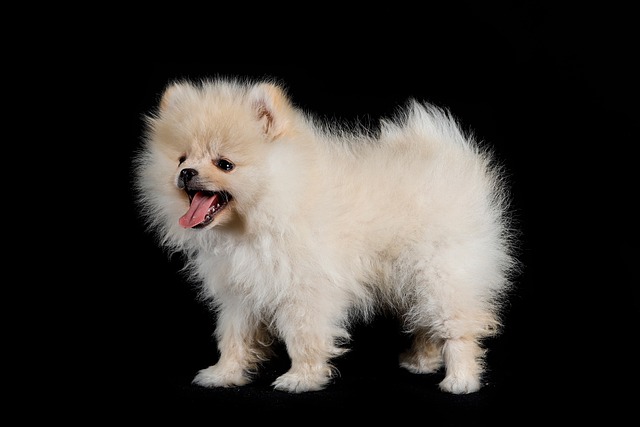
Picture this: you’re relaxing in your apartment, and your phone slips between the couch cushions. Instead of awkwardly shuffling the furniture, you wish your Labrador
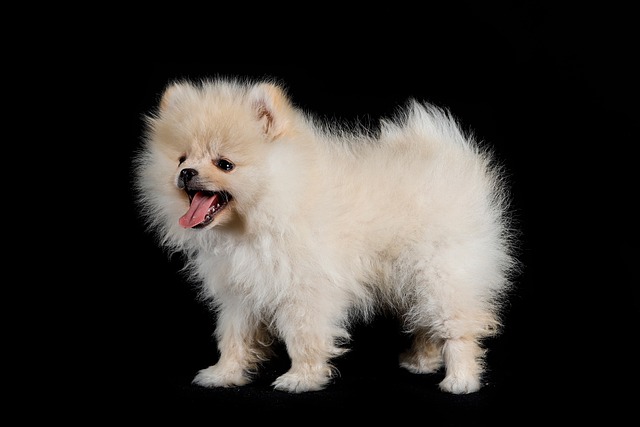
You’ve just adopted a wonderful adult rescue dog, Buddy, and you’ve been told he isn’t quite house-trained yet. The crate is set up in the corner of your Chicago apartment
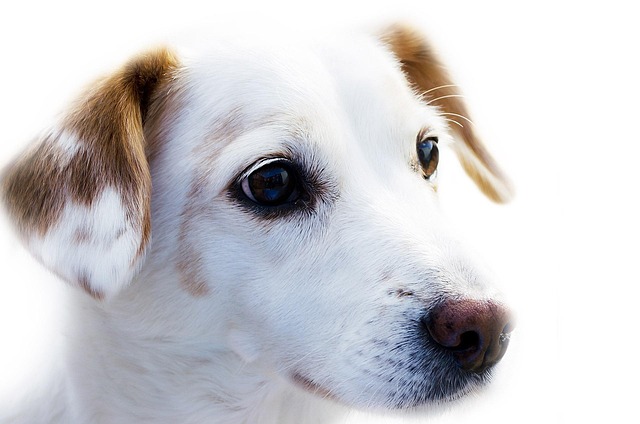
Choosing the right crate size sets the foundation—your dog should stand, turn, and lie down comfortably, but not have extra space to use one corner as a bathroom.
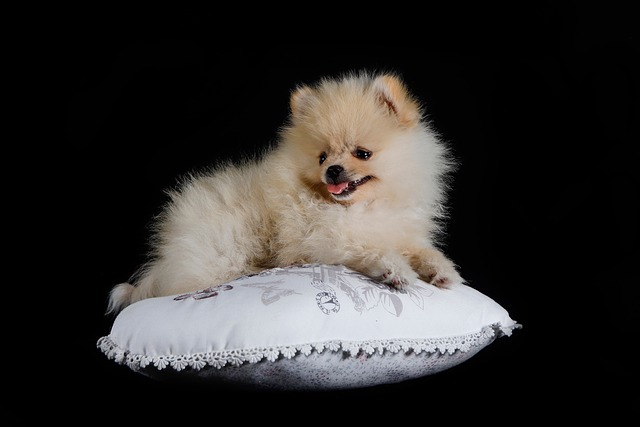
You’ve just brought home your new puppy, Charlie, and you’ve heard a crate is essential for house training and safety.
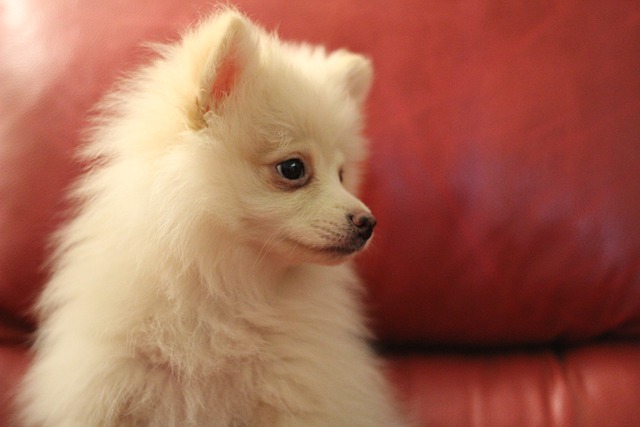
Bringing home your new puppy, Max, is a joy, but the first night can be a rude awakening for everyone involved if he cries incessantly in his crate.